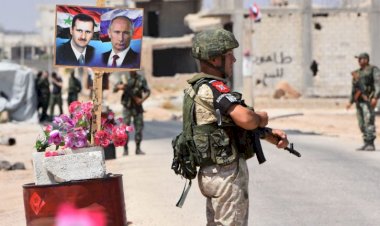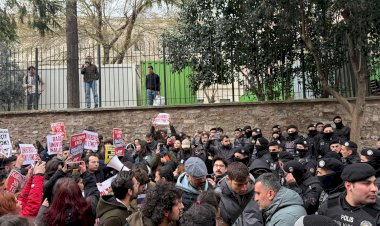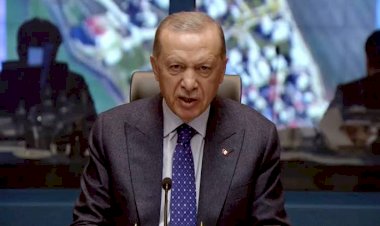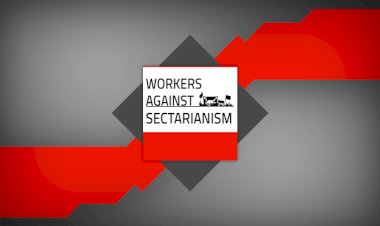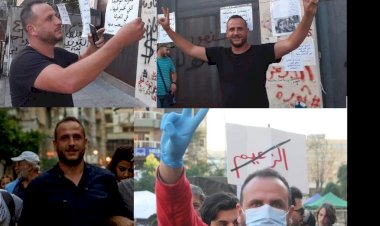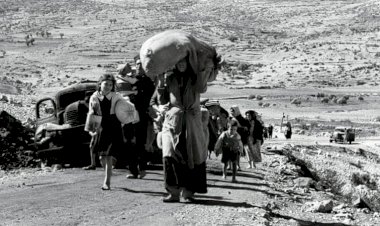The Middle East in Turmoil: A Marxist Analysis of Iran-Israel Relations
Written by Nida Aras
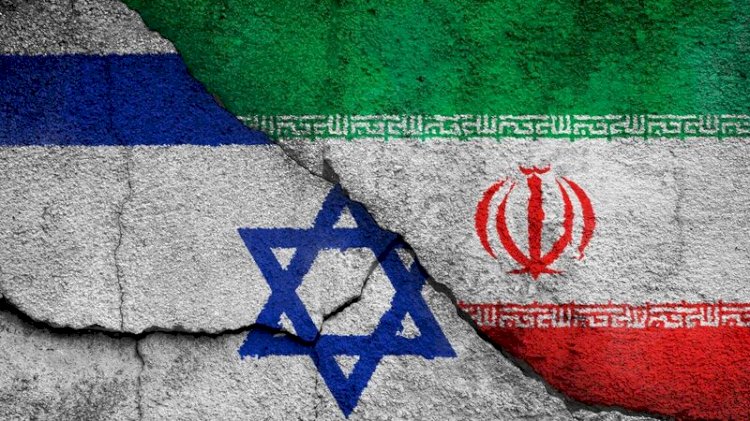
Introduction: The Theatre of Imperialism
The Middle East, a region perpetually embroiled in conflict, is a theatre where imperialism, religious tensions, and the ambitions of ruling elites converge. The relationship between Iran and Israel exemplifies the broader struggles for power and influence that have shaped this region. To truly understand the dynamics at play, we must utilize historical materialism—a Marxist method of analysis that unveils the underlying economic and political forces driving the conflict.
Contrary to mainstream narratives that frame the enmity between Iran and Israel as a clash of civilizations or a product of ancient hatreds, a deeper analysis reveals that this conflict is rooted in the history of imperialism. Local ruling classes manipulate nationalism and religion to maintain their grip on power, distracting the masses from the true source of their oppression: the imperialist order that has dominated the region for over a century.
Historical Context: The Seeds of Conflict
Israel: An Outpost of Imperialism
The establishment of the State of Israel in 1948 is often justified as a response to the Jewish genocide during World War II. However, a Marxist analysis reveals that the creation of Israel was not simply a humanitarian act, but a strategic move by Western imperialist powers, particularly Britain and the United States, to establish a foothold in the Middle East. The founding of Israel on Palestinian land served imperialist interests by creating a reliable ally in a region rich in resources and of immense geopolitical significance.
As the Marxist historian Isaac Deutscher wrote, "The creation of Israel was the result of both the long history of Jewish persecution and the geopolitical calculations of imperialism" (Deutscher, The Non-Jewish Jew and Other Essays, 1968). The displacement and oppression of the Palestinian people were justified under the guise of creating a safe haven for Jews, but in reality, the new state functioned as a bastion of Western interests in the Middle East. The ongoing Israeli-Palestinian conflict, therefore, cannot be separated from the broader context of imperialism.
Iran: Revolution Co-opted by Theocracy
The 1979 Iranian Revolution initially represented a mass movement against imperialist domination, particularly the influence of the United States, which had propped up the dictatorial regime of the Shah. However, the revolution was soon co-opted by reactionary forces that established a theocratic dictatorship under Ayatollah Khomeini. This new regime claimed to be anti-imperialist, but in practice, it used anti-Imperialist rhetoric to legitimize its authoritarian rule and distract from its repression of the Iranian people.
As Trotsky warned in his analysis of revolutions, "The revolutionary crisis brings the masses to the forefront, but it also brings the most reactionary elements to power under the guise of defending the revolution" (Trotsky, The History of the Russian Revolution, 1932). The Iranian regime's anti-imperialist posturing, particularly its opposition to Israel, has served to maintain its domestic power by stoking nationalist and religious fervor, while simultaneously suppressing the legitimate demands of workers, women, and ethnic minorities within Iran.
The Cold War and the Rise of Regional Powers
Israel’s Role as an Imperialist Ally
During the Cold War, Israel became a key ally of the United States, solidifying its position as a regional power in the Middle East. The U.S.-Israel alliance was part of a broader strategy to contain Soviet influence in the region and ensure the flow of oil to the West. The vast amounts of military aid and political support that Israel received from the United States were not merely acts of friendship, but strategic investments in maintaining a stronghold in a volatile region.
The Israeli state's expansionist policies, particularly the establishment of settlements in occupied Palestinian territories, were facilitated by this alliance and further entrenched Israel's role as an imperialist outpost. As Edward Said noted, "The Palestinians have been, and remain, the victims of a political project that has as much to do with imperialist interests as with Zionist ideology" (Said, The Question of Palestine, 1979).
Iran and the Manipulation of Anti-Imperialism
Iran's role during the Cold War was complex, as it navigated the shifting alliances of global powers. The Iranian regime positioned itself as a leader of global Islamic resistance, opposing both Western imperialism and Israel. However, this opposition often masked the regime's own repressive practices. The Iran-Iraq War (1980-1988), in which Iran fought against a Western-backed Iraq, further solidified the regime's narrative of resistance.
Yet, as Marxist theorists have argued, anti-imperialism that does not address the internal class contradictions within a society often becomes a tool for authoritarian regimes to maintain power. The Iranian regime's used both anit-Zionism and anti-Imperialism rhetoric in the service of legitimizing its rule, while the true revolutionary potential of the masses was stifled by state repression. The regime's failure to deliver on the promises of the 1979 Revolution is a testament to the limitations of a nationalist and theocratic approach to anti-imperialism.
The Post-Cold War Era: Imperialism and Regional Conflicts
The collapse of the Soviet Union did not bring peace to the Middle East; instead, it marked the beginning of U.S. unilateralism, with disastrous consequences for the region. The Gulf War (1991) and the invasion of Iraq in 2003 were clear examples of the lengths to which the United States would go to maintain its dominance in the Middle East. Israel continued to expand its settlements, intensifying its conflict with Palestinians and exacerbating tensions with Iran.
The Syrian Civil War, which began in 2011, became a focal point of Iranian-Israeli rivalry. Iran's support for the Assad regime in Syria, coupled with Israel's frequent airstrikes against Iranian targets in Syria, highlighted the destructive role of both states in prolonging the conflict. The Syrian people have paid the highest price for this proxy war, with hundreds of thousands killed and millions displaced.
As Noam Chomsky has pointed out, "The Middle East remains a region where the interests of imperial powers, regional dictators, and local elites converge at the expense of the people" (Chomsky, Hegemony or Survival, 2003). The Iranian-Israeli conflict is a manifestation of this broader pattern, where the ruling classes on both sides exploit the suffering of the masses to maintain their power.
The Nuclear Question: A Distraction from Revolutionary Potential
The focus on Iran's nuclear program has dominated international discourse, with Israel portraying a nuclear-armed Iran as an existential threat. However, this narrative obscures the deeper issues at play—the ongoing oppression of the peoples of Iran and Israel by their respective governments, and the role of imperialism in perpetuating conflict.
From a revolutionary Marxist perspective, the real threat to the peoples of the Middle East is not nuclear weapons, but the continued existence of authoritarian regimes and the imperialist powers that support them. The nuclear issue serves as a convenient distraction for both the Israeli and Iranian governments, allowing them to avoid addressing the legitimate demands of their own populations for peace, justice, and democracy.
As Marx and Engels argued in The Communist Manifesto (1848), "The ruling ideas of each age have ever been the ideas of its ruling class." In the Middle East, the ruling classes have propagated the idea that security and stability can only be achieved through military might and authoritarian rule. This is a falsehood that must be challenged by the working masses.
Conclusion: Towards a Revolutionary Solution
The Middle East is in the midst of profound upheaval, where the old order—rooted in imperialism, authoritarian regimes, and stark economic inequalities—is increasingly being challenged by the waves of popular movements. This period of crisis, or "interregnum," is marked by both the decay of the old structures and the embryonic development of a new social order. Central to this revolutionary potential is the concept of a Middle East Socialist Federation, a visionary framework that can unite the struggles of the region's diverse populations under the banner of socialism, justice, and true popular sovereignty.
The Class Struggle and the Decay of the Old Order
The existing regimes across the Middle East, from Iran to the Gulf states, are fundamentally structured around class divisions that benefit a small elite at the expense of the vast majority. These regimes have perpetuated economic models that are heavily reliant on oil revenues, neoliberal policies, and integration into global capitalist markets, all of which have exacerbated social inequalities and economic dependency. The working class, along with marginalized groups such as women, ethnic minorities, and the youth, bear the brunt of these exploitative practices, enduring poverty, unemployment, and repression.
In Iran, the Islamic Republic has evolved into an authoritarian state using the religion as a political ideology and anti-imperialist rhetoric to mask its own class-based exploitation. Despite the revolutionary origins of the 1979 movement, which promised to overthrow the ruling elite, the regime has established itself as a new ruling class, using state power to maintain control over all affairs of the country and suppress any challenge to its authority. This has led to widespread disillusionment among the working masses, who have repeatedly taken to the streets in protest, demanding not only political freedoms but also economic justice.
The persistent protests and uprisings—ranging from the Green Movement of 2009 to the more recent "Women, Life, Freedom" movement—are manifestations of the deep class struggles within the Iranian society and the broader Middle East. These movements have highlighted the growing awareness among the oppressed whose their struggles are interconnected, as the fight against political repression cannot be separated from the fight against economic exploitation.
The Vision of a Middle East Socialist Federation
In the face of the decaying old order, the idea of a Middle East Socialist Federation offers a revolutionary alternative that addresses both the political and economic roots of the region's crises. This federation would be based on principles of socialism, emphasizing the collective ownership of resources, democratic governance, and the equitable distribution of wealth. It would transcend the artificial borders imposed by imperialist powers and unite the region's diverse peoples in a common struggle against their shared oppressors.
The establishment of a Middle East Socialist Federation would require the nationalization of key industries, particularly in the oil and gas sector, to ensure that the wealth generated by these resources benefits the entire population rather than a privileged few. This would involve dismantling the existing structures of economic exploitation and replacing them with new forms of economic organization, such as cooperatives and worker-owned enterprises, that are controlled by the working class and local communities.
Such a federation would also prioritize the social and economic rights of marginalized groups, including women, ethnic minorities, and the youth, who have been at the forefront of the region's revolutionary movements. By ensuring that these groups have a say in how society is organized and that their specific needs are addressed, the federation would create a more just and equitable social order.
The Path to a Socialist Federation: Revolution and Unity
The road to a Middle East Socialist Federation will be a revolutionary one, requiring the concerted efforts of the working masses and other oppressed groups to overthrow the existing regimes and build new forms of governance and economic organization. This revolution cannot be confined to one country or one movement; it must be a region-wide struggle that unites the various revolutionary movements under a common banner.
The recent uprisings in Iran, particularly the "Women, Life, Freedom" movement, has demonstrated the potential for such unity. This movement, while rooted in specific grievances against the Iranian regime, has resonated with broader demands for justice, freedom, and equality across the Middle East. It has the potential to serve as a catalyst for a wider regional revolution, one that links the struggles of different peoples and movements in a common fight against imperialism, authoritarianism, and capitalist exploitation.
For this revolutionary potential to be realized, it is crucial to develop a clear and coherent strategy that unites the various movements under the goal of establishing a Middle East Socialist Federation. This requires building alliances across national, ethnic, and religious lines, recognizing that the liberation of one group is tied to the liberation of all. It also requires a commitment to internationalism, understanding that the struggles in the Middle East are part of a global fight against capitalism and imperialism.
Gramsci’s Interregnum and the Revolutionary Opportunity
In the context of Gramsci's concept of the interregnum, where the old order is dying but the new cannot yet be born, the idea of a Middle East Socialist Federation represents the new world struggling to emerge. The "morbid symptoms" of this period—state violence, repression, and social fragmentation—are indicative of the old order's decay. However, the revolutionary movements that have emerged across the region are the seeds of a new order, one that can only come into being through the conscious and organized efforts of the oppressed masses.
The regimes in Iran and other parts of the Middle East are increasingly resorting to violence and repression as they face growing challenges from below. This desperation reflects their inherent weakness, as they can no longer rely on ideological control or economic manipulation to maintain their rule. The brutality of their response to popular movements, while devastating any movement in the short term, also reveals their vulnerability and the potential for revolutionary change.
The revolutionary potential in the Middle East is immense, but it requires organization, solidarity, and a clear vision for the future. The idea of a Middle East Socialist Federation offers such a vision, providing a framework that can unite the diverse struggles of the region's peoples and guide them towards a common goal. This federation would not only address the immediate demands for political freedom and economic justice but also lay the foundation for a new social order based on equality, democracy, and collective ownership.
Conclusion: Building the New World
The struggle for a Middle East Socialist Federation is, at its core, a struggle for a new world. It is a fight against the legacies of imperialism, the structure of authoritarianism, and the inequalities inherited in capitalism. It is a struggle that seeks to transcend the artificial divisions imposed by these systems and to create a society where all people can live in dignity, freedom, and equality.
The movements that have emerged across Iran and the Middle East in recent years are the vanguard of this struggle. They represent the desire of the oppressed masses to break free from the chains of exploitation and repression and to build a new society in their own image. The path to a Middle East Socialist Federation will not be easy, and it will require the relentless efforts of all those committed to the cause of justice and freedom. But the potential for revolutionary change is real, and the opportunity to build a new world is within reach.
In this revolutionary process, the working class and other oppressed groups of people must take the lead, uniting their struggles into a coherent and organized movement. They must reject the ideologies that sustain the existing order and develop new forms of solidarity and organization that can sustain a revolutionary transformation. The Middle East Socialist Federation represents the new world that is struggling to be born—a world where the wealth and resources of the region are owned collectively, where democracy and equality are the foundations of society, and where the artificial divisions of the past are overcome in the common struggle for freedom.
The task ahead is immense, but the determination of the masses and the strength of their movements provide hope. The revolution in the Middle East will not be a single event but a process—a process of building a new society in the ashes of the old. It will require patience, determination, and above all, solidarity. But as the movements in Iran and across the region show, the desire for a new world is alive and well. The challenge now is to turn that desire into a reality, to finally bring forth the new world that has been so long in the making—a world united under the banner of a Middle East Socialist Federation.
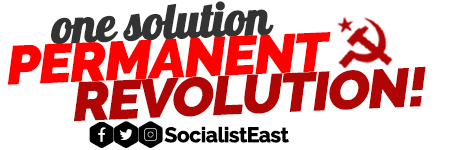


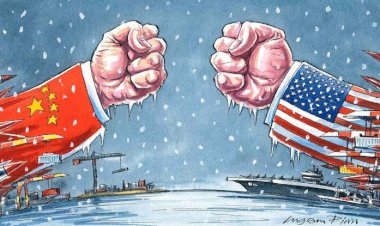
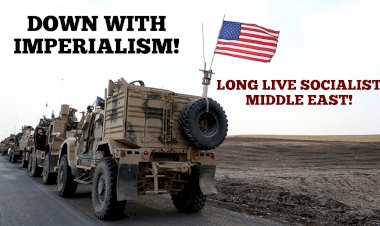
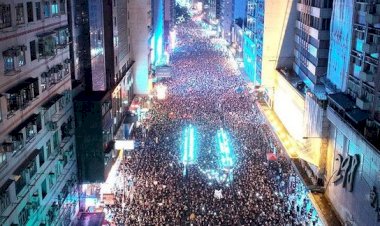
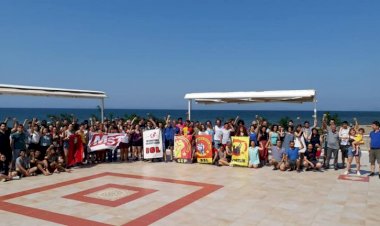
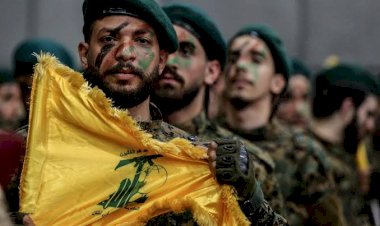
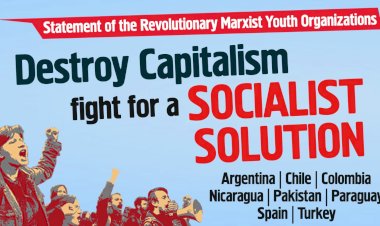
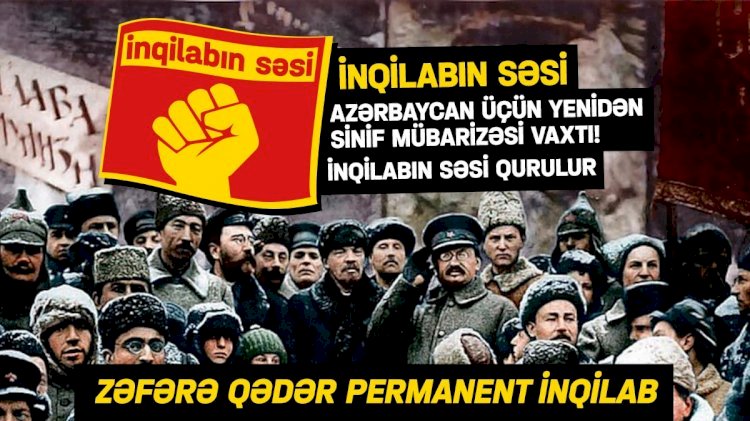









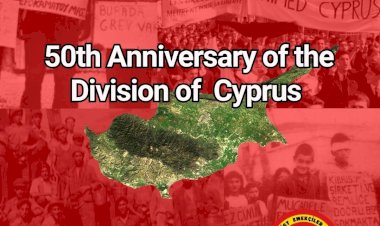





![Breaking news: Reza Shahabi And Hassan Saeedi, The Imprisoned Members of The Syndicate of Workers of Tehran and Suburbs Bus Company, Were Released [Today, September 1, 2024]](https://socialistmiddleeast.com/uploads/images/image_380x226_66d58ec4962c1.jpg)
